Founded in 1990, Sharpe Products is an ISO 9001:2015 certified company specializing in industrial and commercial pipe and tube bending, laser cutting, end-forming or other custom fabrication services. In addition, we offer a robust line of architectural handrail fittings and accessories such as brackets, connectors, disks, end-caps, flanges, newel caps and spheres.
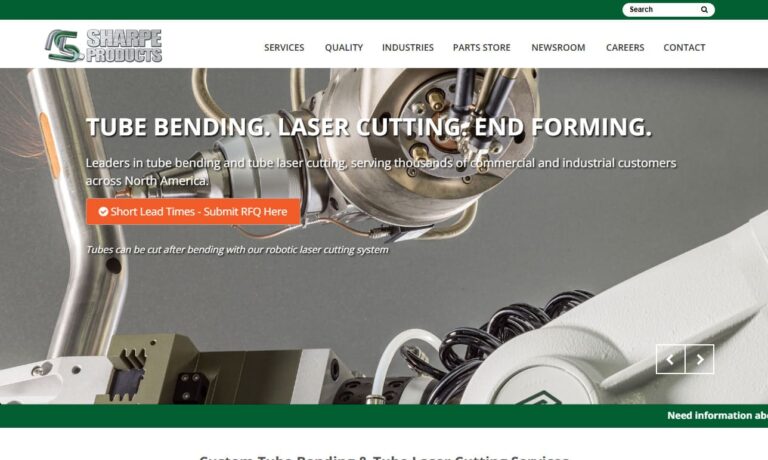
Here at Zeman Manufacturing Company we offer a number of services and products including: tube bending, tube end forming, tube assembly, tube cutting, hypodermic tube fabrication, tube coiling, tube swaging, lubricating oil cups, metal tube spacers and custom miniature headers. If you have any specialized requests then give one of our representatives a call today! Please visit our website if you...
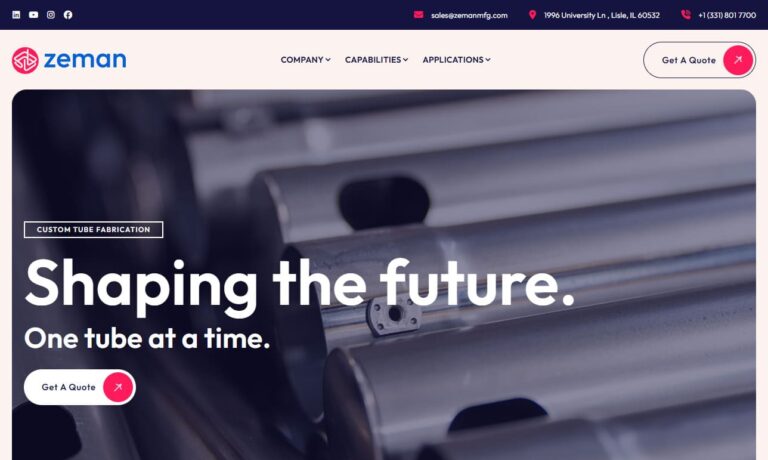
With 75+ years of experience, H-P Products, Inc. is a leader in precision tube fabrication. We offer CNC bending up to 8" OD, NC bending up to 10" OD, laser tube cutting, welding, and end-forming to support a wide range of industries. From complex geometries to contract manufacturing, customers rely on us for consistent quality and dependable results.
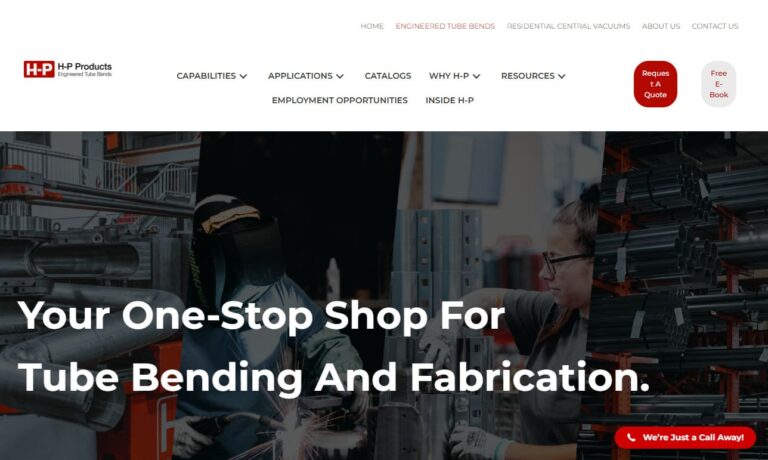
Diemo Machine Works provides precision machining, custom fabrication, welding, laser cutting, and tube bending services. With meticulous attention to detail and commitment to excellence, we deliver high-quality, custom-engineered solutions that meet the diverse needs of our clients across various industries.

At Erin Industries, Inc., we take great pride in our expertise and capabilities in the field of tube fabrication. With a commitment to precision, reliability, and innovation, we continuously strive to elevate the standards of tube fabrication within the industry. Erin Industries, Inc. is your trusted partner for all your tube fabrication needs, delivering products and services that meet and...
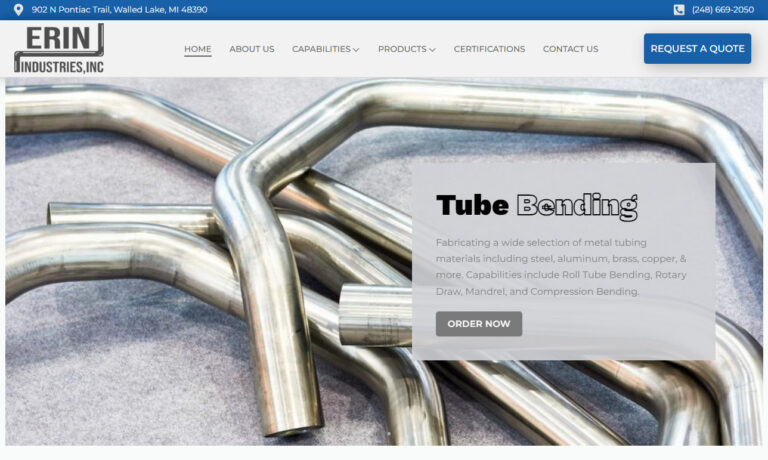
Chardon Metal Products leads the industry in CNC precision machining, tube bending, fabrication, screw machine products, and assembly services. We're proud to offer a diversified portfolio of manufacturing processes to meet customer's needs. Our diversity and problem solving expertise have allowed us to grow and strengthen our position in the marketplace over the past seven decades. Contact us...
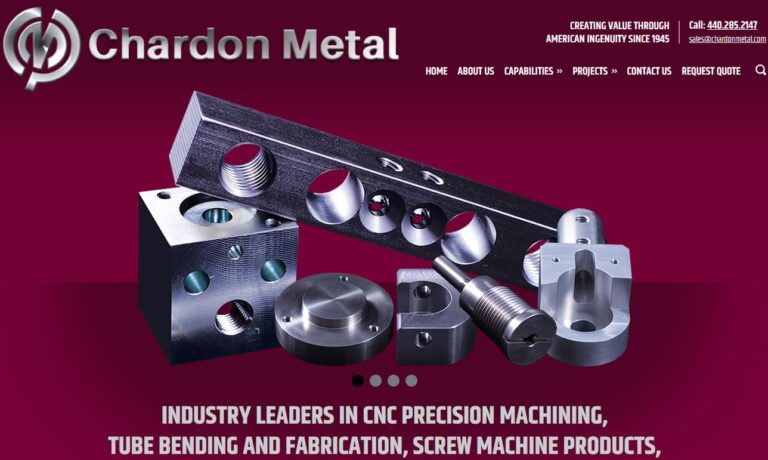
At Hafendorfer Machine, Inc., we specialize in tube fabrication services that support precision manufacturing across demanding industrial applications. We work with a wide range of metals and tube sizes, applying tightly controlled processes to ensure dimensional accuracy, structural integrity, and repeatable quality.
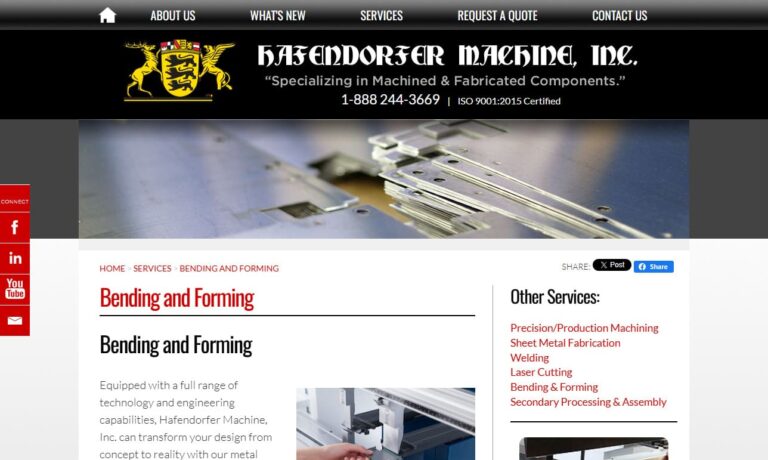
At Hafendorfer Machine, Inc., we specialize in tube fabrication services that support precision manufacturing across demanding industrial applications. We work with a wide range of metals and tube sizes, applying tightly controlled processes to ensure dimensional accuracy, structural integrity, and repeatable quality.

More Tube Rolling Manufacturers
As one of the most widely used tube forming processes, tube rolling allows for high production rates while also providing enhanced strength-to-weight properties.
Some benefits of tube rolling include high part-to-part consistency and good surface finish. Able to produce a broad range of part shapes, such as cylindrical, oval, rectangular, conical and square, tube rolling is used in diverse industries and products including: sports and recreation, for fishing rods, golf shafts, tennis racquets and ski poles; electronics, for antennas and other consumer applications; industrial manufacturing, for heating elements and machine components; and marine and naval defense, for launcher tubes, telescopes and masts.
Tube rolling is often used in custom tube fabricating, since it offers the ability to place fibers either along or around the part with knowledge of the end application. Able to be performed using various materials such as stainless steel, aluminum, titanium, magnesium and brass, tube rolling can fabricate both large and small diameter tubes with low tooling costs due to the use of affordable and durable mandrels, and the versatility of tube cutting.
There are many different tube rolling techniques, which are most commonly undertaken using a tube rolling mill. A tube rolling mill can either refer to a factory or a machine; however, in either technique, the method typically remains the same. To begin the process, patterns, or flags, are cut out from materials such as epoxy pre-impregnated carbon, aramid cloth or glass, and then rolled around a mandrel, which is typically made from steel or some other type of metal alloy.
It is essential that a very tight roll is achieved, so that air is not trapped and the fiber is properly aligned. Before the tube can be heat cured, it must be pressure-wrapped with heat-shrinkable plastic film or sleeve. Referred to as debaulking, the wrapping increases the compaction of the part. Now able to be heat-cured, the material-wrapped mandrel is placed within an air-circulated oven or furnace at high temperatures.
During heat curing, the outer wrapping functions to squeeze air out of the ends of the wrapped material through shrinkage. When the heat curing is finished, the mandrel can be removed, creating a hollow, tubular part with very thin walls. Typical rolled tube diameters range from .76 - 609 mm (.030 - 24 in.), and can reach maximum lengths of about 7.3 m (24 ft.).

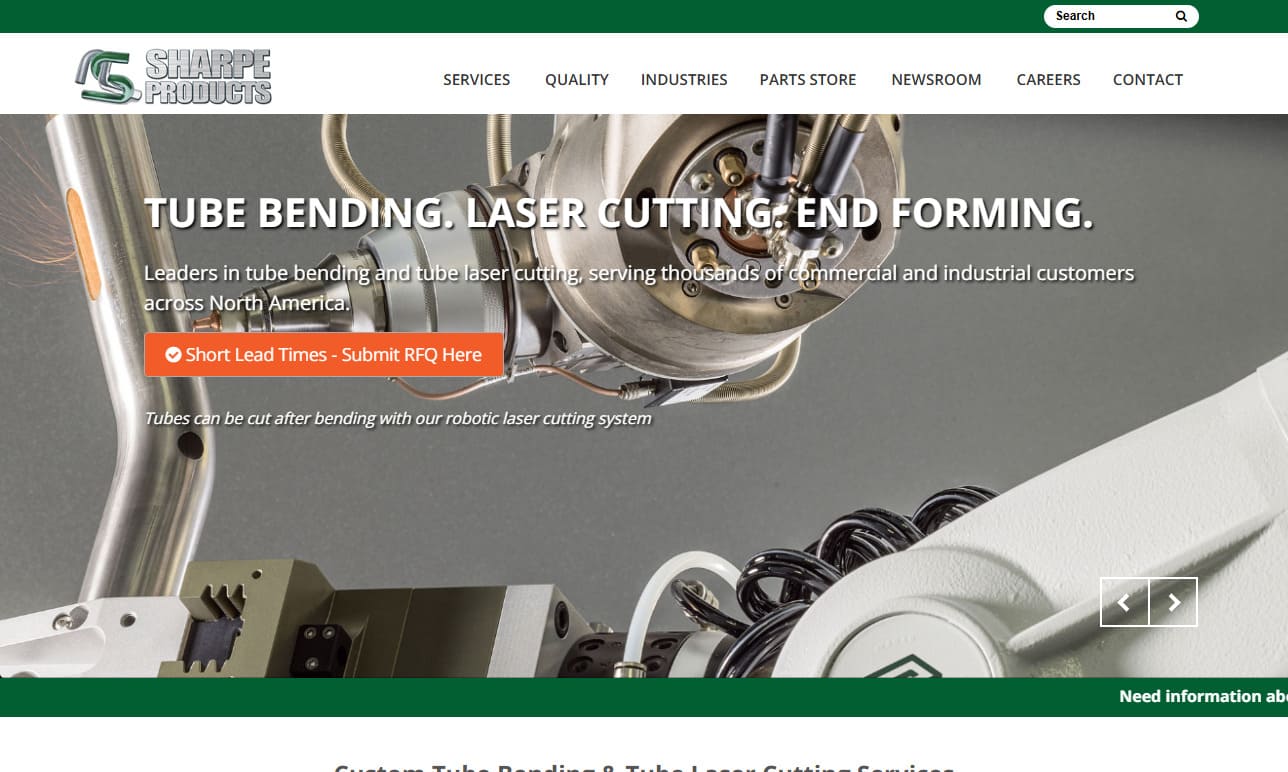
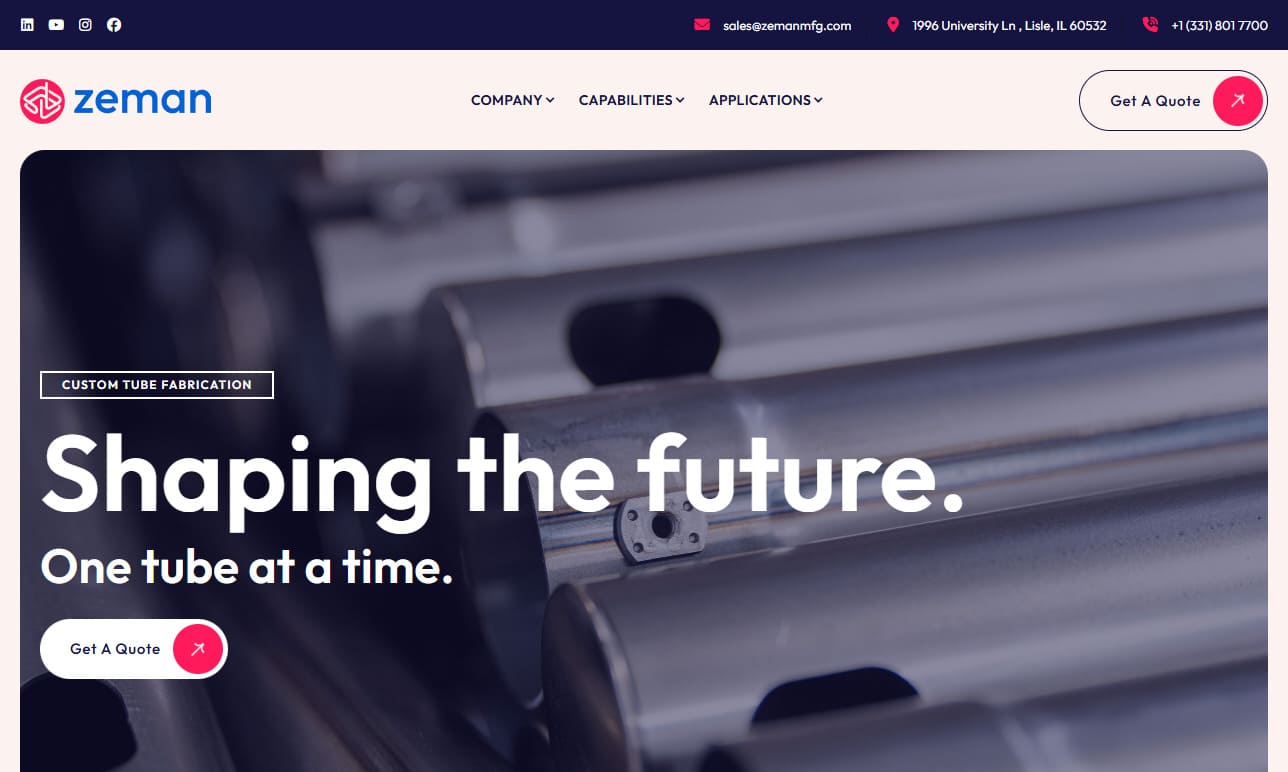
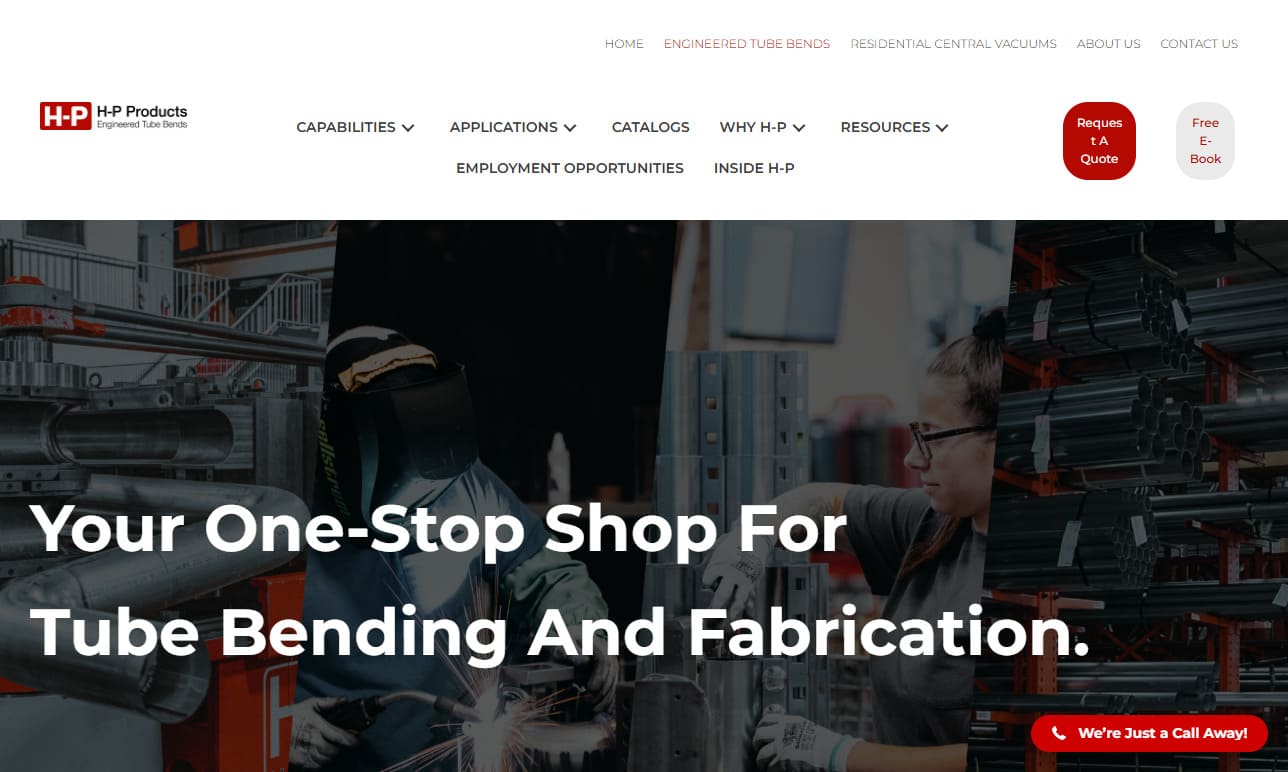


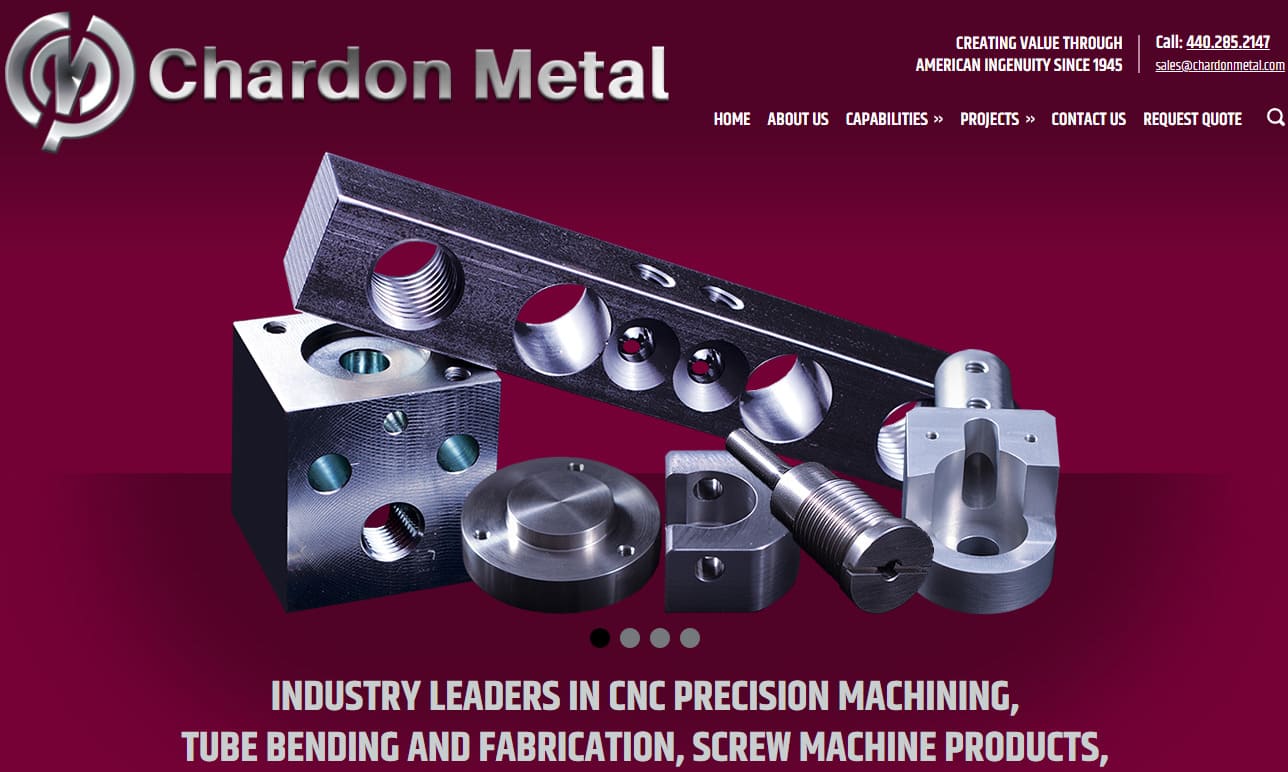
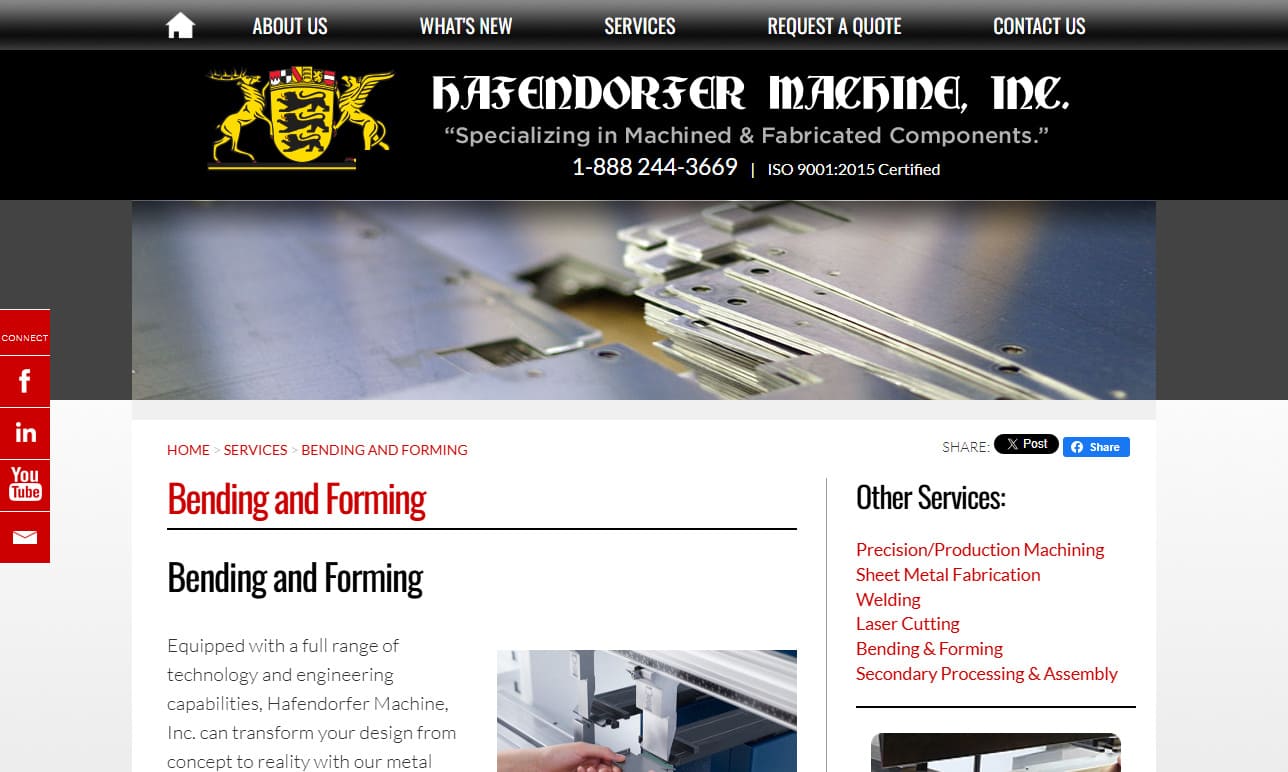
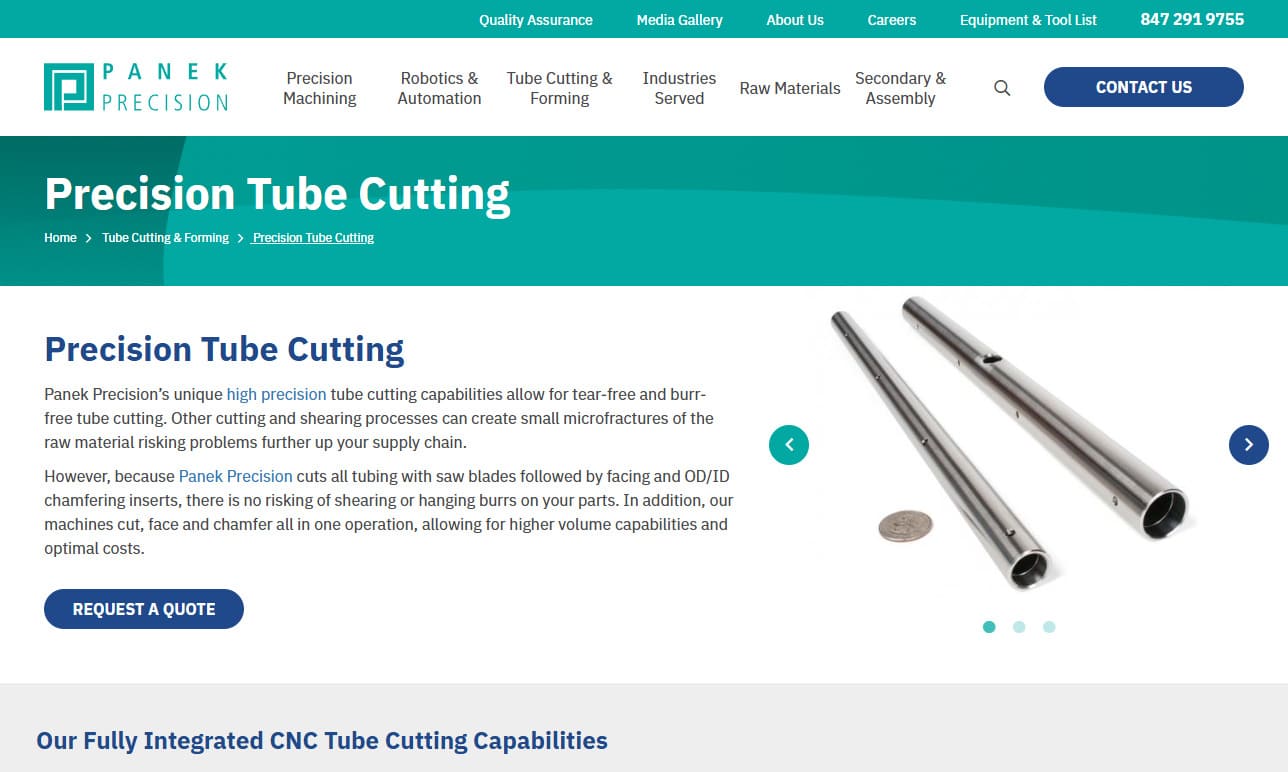

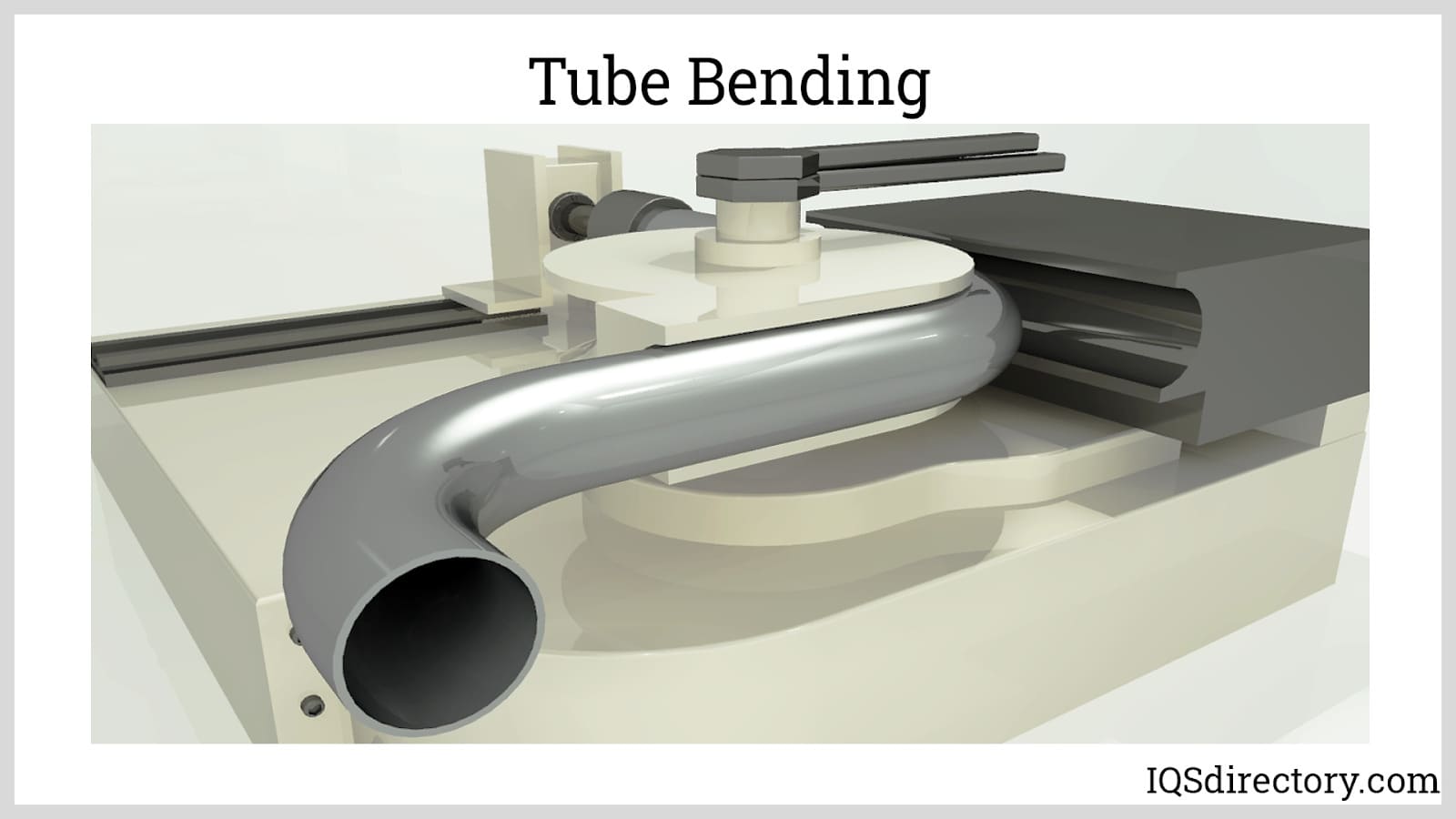
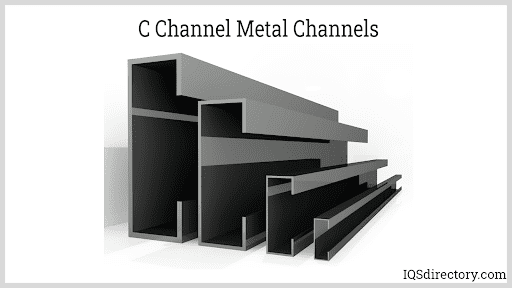

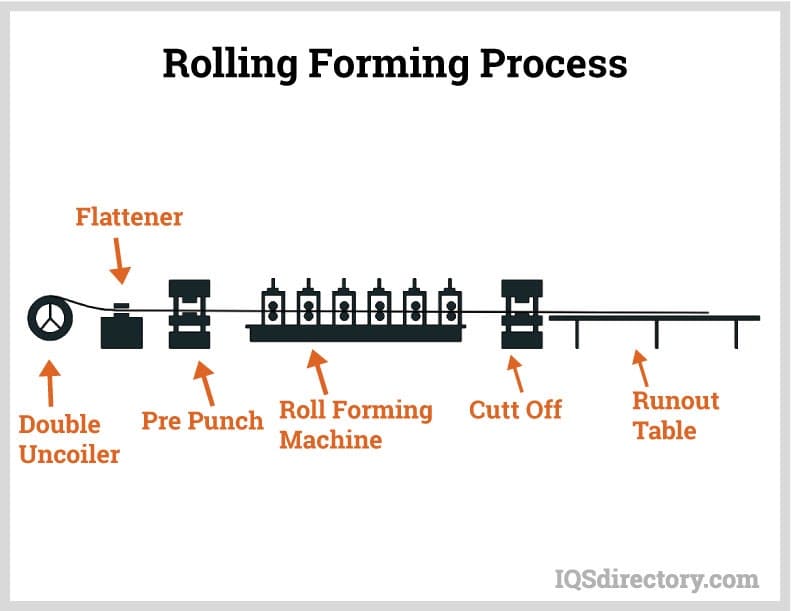
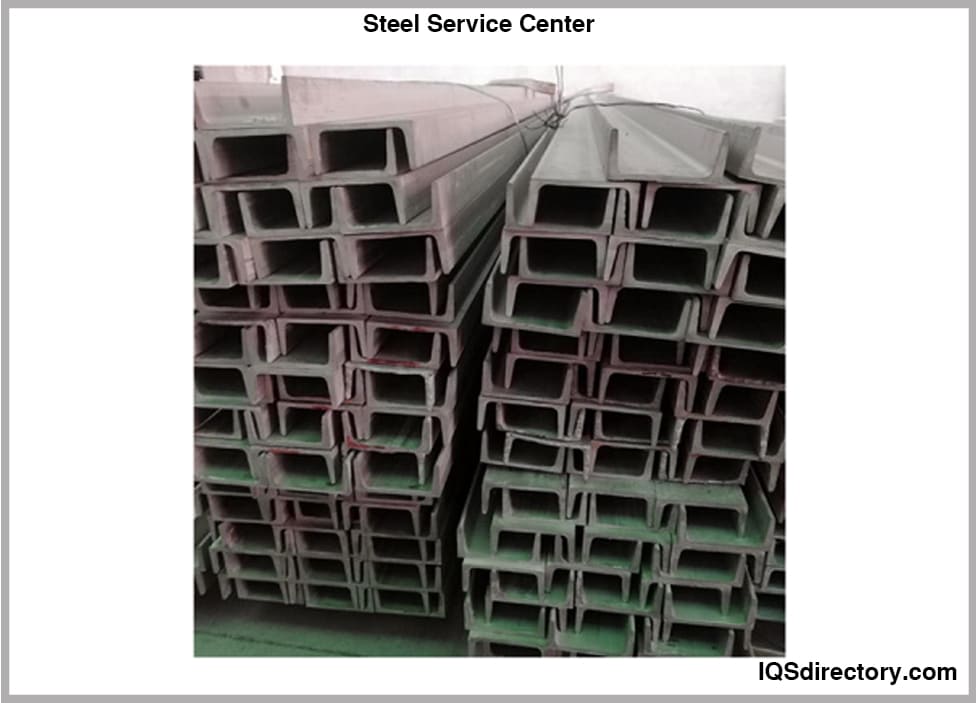
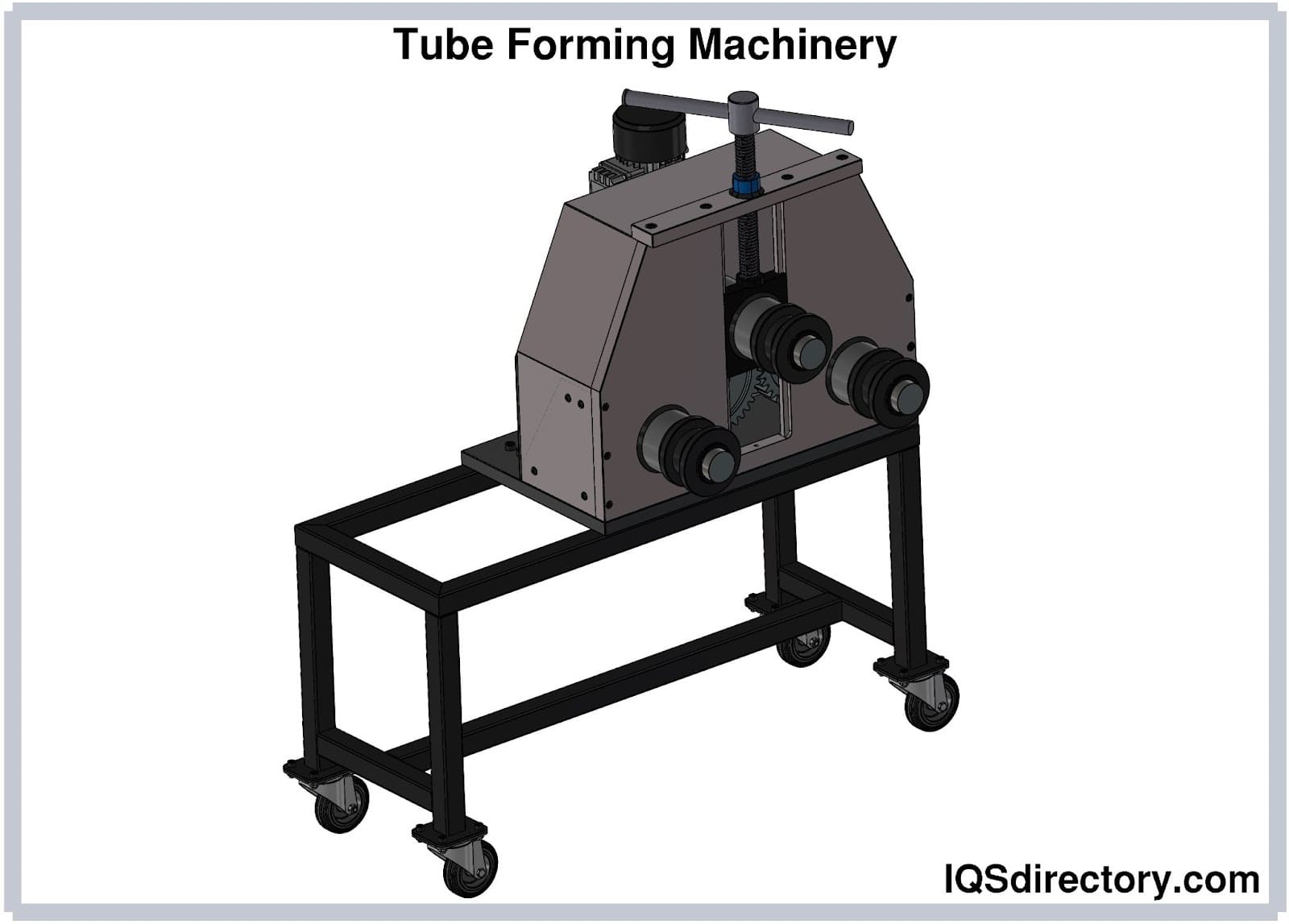
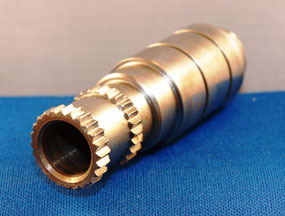 Broaching
Broaching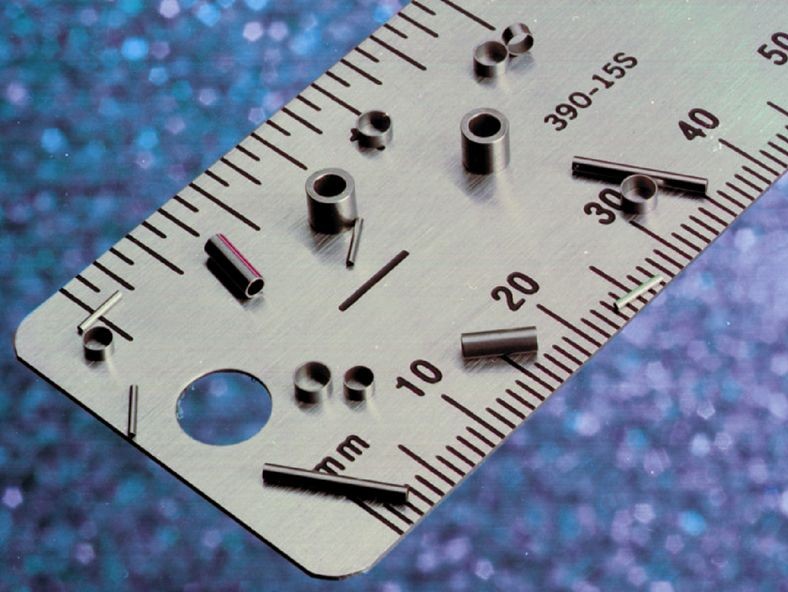 CNC Machining
CNC Machining Expanded Metals
Expanded Metals Laser Cutting
Laser Cutting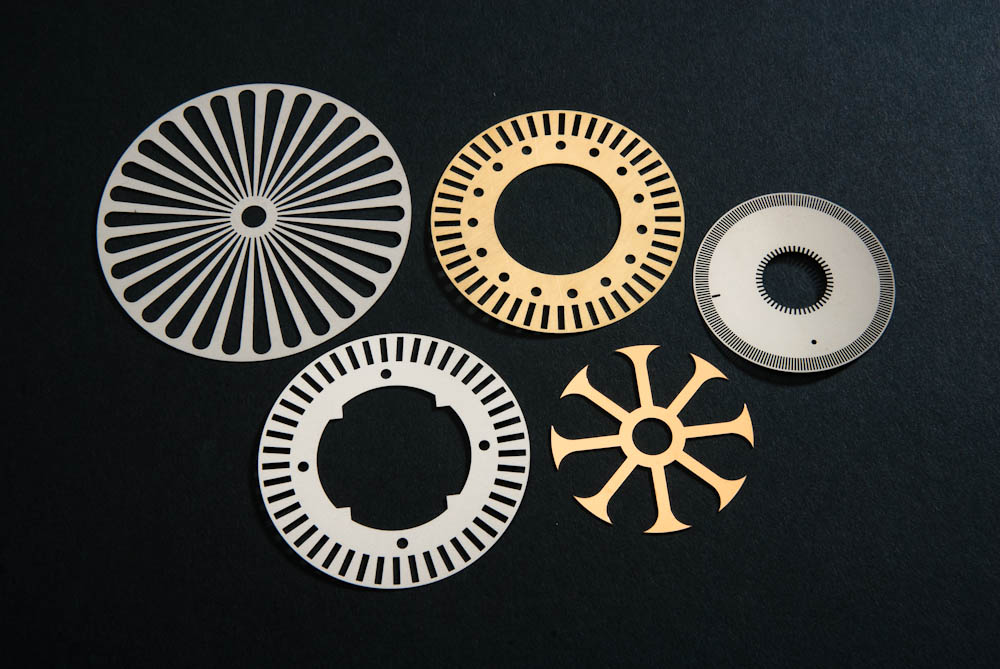 Metal Etching
Metal Etching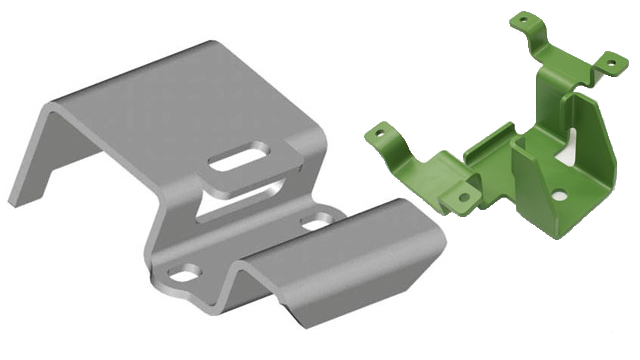 Metal Fabrication
Metal Fabrication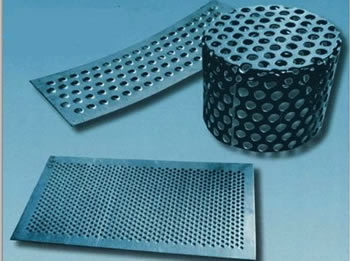 Perforated Metals
Perforated Metals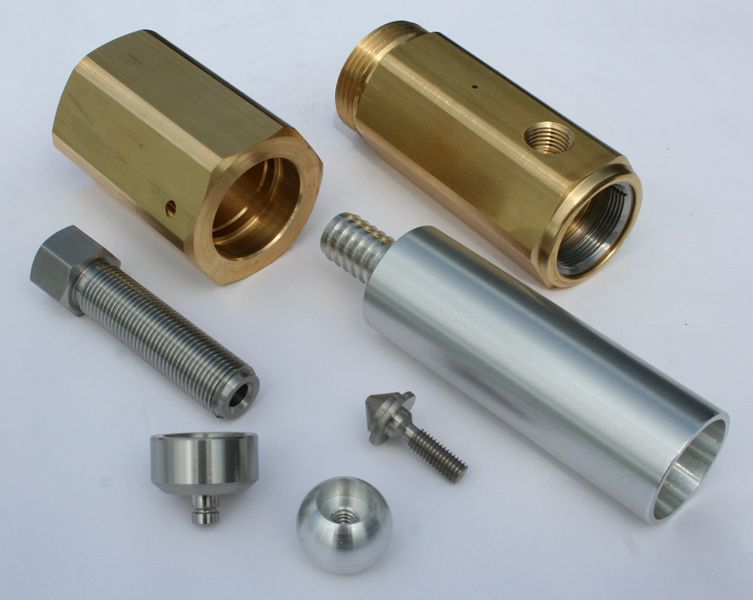 Screw Machine Products
Screw Machine Products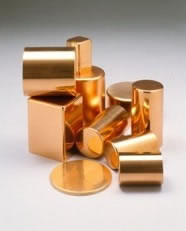 Metal Stampings
Metal Stampings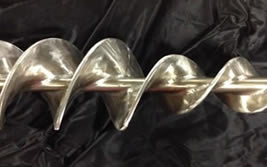 Sheet Metal Fabrication
Sheet Metal Fabrication Tube Fabrication
Tube Fabrication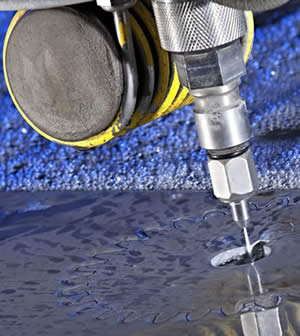 Water Jet Cutting
Water Jet Cutting Castings & Forgings
Castings & Forgings Bulk Material Handling
Bulk Material Handling Electrical & Electronic Components
Electrical & Electronic Components Flow Instrumentation
Flow Instrumentation Hardware
Hardware Material Handling Equipment
Material Handling Equipment Metal Cutting Services
Metal Cutting Services Metal Forming Services
Metal Forming Services Metal Suppliers
Metal Suppliers Motion Control Products
Motion Control Products Plant & Facility Equipment
Plant & Facility Equipment Plant & Facility Supplies
Plant & Facility Supplies Plastic Molding Processes
Plastic Molding Processes Pumps & Valves
Pumps & Valves Recycling Equipment
Recycling Equipment Rubber Products & Services
Rubber Products & Services